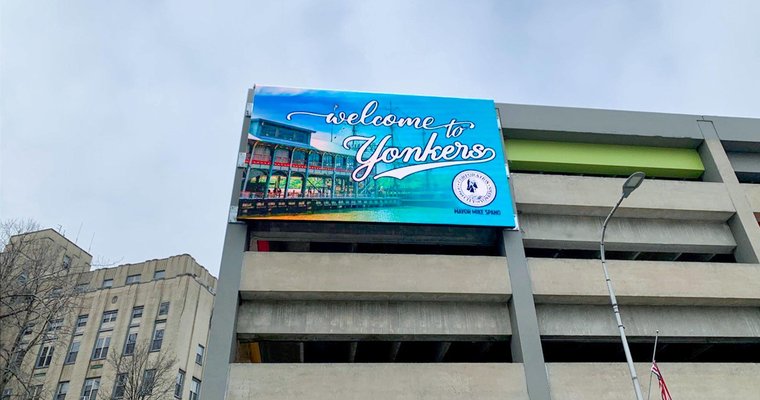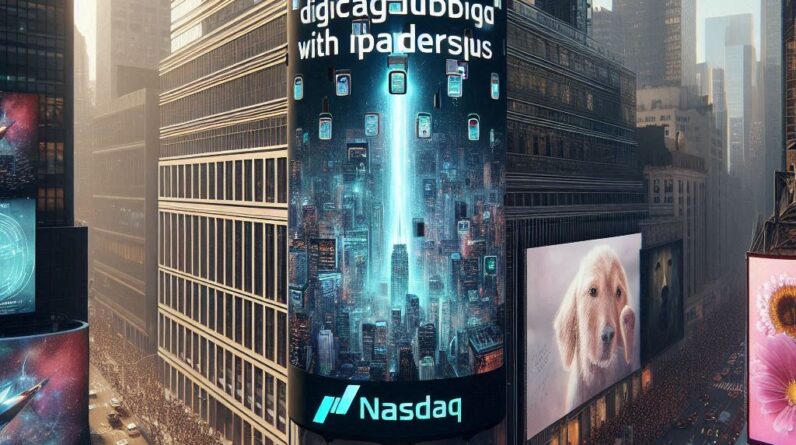
[ad_1]
Alberto Scirocco, founder and creative director of leftchannel, offers a passionate primer on the three rules of good content, arguing that content creators must use technology to serve the intent of the design, and that businesses must tell a brand story that resonates.
 Digital artist woman using a graphics tablet (Generative AI) by Sunflower Shots. Image provided by Adobe Stock.
Digital artist woman using a graphics tablet (Generative AI) by Sunflower Shots. Image provided by Adobe Stock.
 |
Alberto Scirocco is founder and creative director at leftchannel. Image provided. |
Saying that we are overstimulated in today’s world is an understatement.
We are constantly bombarded with content in our professional and personal lives. We wear screens on our body, communicate through them, relax in front of them, drive with them in our cars, see them in stores and on buildings, and — just when we have an empty moment in time — we pull something out of our pocket and expose ourselves to even more content.
This makes the job of harnessing a viewer’s attention very difficult, but it becomes more manageable when we take advantage of the way every individual processes information every day. Our brains constantly filter through massive amounts of stimuli and make quick decisions on what we want to focus on. One of the filters we instinctively use to make those prioritizations is ‘meaning.’ For example, if you overhear your own name in a crowded room, you’re going to key in on that one conversation. In the same way, we are more likely to shift our focus to things that are relevant and meaningful to us.
For content designers, the challenge is to craft experiences that convey meaning, and specifically meaning that relates to our audiences. Let’s take corporate experiences, for example. Effective brand content both shares the company’s message and relates it to the viewer’s perspective. After 25 years of working with global brands in all types of industries, I have had the opportunity to reflect on the balance between aesthetics and purpose in crafting these types of stories. There are many facets to designing successful brand experiences, but these three stand out the most to me:
- “All that glitters is not gold.”
- Form and function.
- Tailoring motion design to purpose.
Rule 1: “All that glitters is not gold”
When faced with a blank wall of digital signage, whether in a hotel lobby or on the side of a building in downtown New York City, it’s easy to fall into the trap of focusing solely on aesthetics.
However, a visually stunning display is only half the battle in brand marketing. Gaining the attention of a viewer is only helpful if they also walk away with a meaningful memory that supports your communication strategy. When we speak with a new client for the first time at leftchannel, identifying whether they have a clear brand focus and a strong message to share is the first step in crafting digital experiences (or motion content for other channel types) that truly resonate.
Rule 2: Form and function
Striking the right balance between visual design and purpose is an art form in itself.
In motion design, the attraction and ease of leading with technology can sometimes overshadow the content’s core message. Instead, the technology and techniques we choose to use should serve a greater purpose and contribute to the central message. Motion design used effectively both catches the eye and tells a story within a short period of time. While liquid animation, anamorphic projection mapping, and other trendy techniques can enhance a message when used well, effective brand marketing is not about using a new technique merely for its own sake. Instead, it’s about selecting the right one that aligns with the brand, evokes an emotional response, and resonates with viewers.
Rule 3: Tailoring motion design to purpose
One size does not fit all in the world of digital content and other motion design.
In fact, blindly following trends, including implementing new technologies, can work to dilute a brand’s unique identity. Instead, design must reflect the brand’s personality and convey meaningful messages that resonate with the intended audience by leveraging the technology that best supports the goal. Years ago, Oreo created a brand activation experience at SXSW that featured a 3D printing machine that interacted with users through an animated interface on a transparent LCD screen. You could select different options to customize one cookie, and it was printed right there just for you. This was a very complex way to eat a cookie, but the point was well made. This interactive, weird, and personalized experience provided a memorable takeaway that eating an Oreo is fun. Playfulness and core messaging need not be at odds. The Oreo activation illustrates how playful content can still carry a brand’s essence, creating an engaging yet meaningful experience.
Many years ago, I visited Park Guell in Barcelona, a truly immersive experience designed by the world-renowned architect Antoni Gaudí. How well the design controlled the viewer’s path and served as an effective storytelling device struck me at the time. There was no technology for visitors to depend on, but the experience was unforgettable. Today we have access to so much technology, but sometimes using the next shiny thing can overshadow our true message. Instead, content creators must use technology to serve the intent of the design. For businesses, that means telling a brand story that resonates.
By leveraging technology to enhance content rather than overshadow it, brands can connect with viewers on a deeper level and create memorable interactions that reinforce their true identity. But to accomplish this, content designers must choose the right method, as well as the right message. While innovation is still crucial, it should serve the brand’s message – not overshadow it. Design innovation that complements the message helps to create a seamless blend of capturing a viewer’s attention, while staying true to the brand.
A drive to create immersive and highly purposeful motion content has helped lead leftchannel to international recognition and acclaim, producing work for some of the world’s best known and most forward-thinking brands.
In addition to his role as creative lead for leftchannel, Alberto is a frequently featured speaker at design events worldwide. His expertise includes film, advertising, broadcast graphics, architecture, retail planning, digital installation, and environmental design.
[ad_2]
Source link






